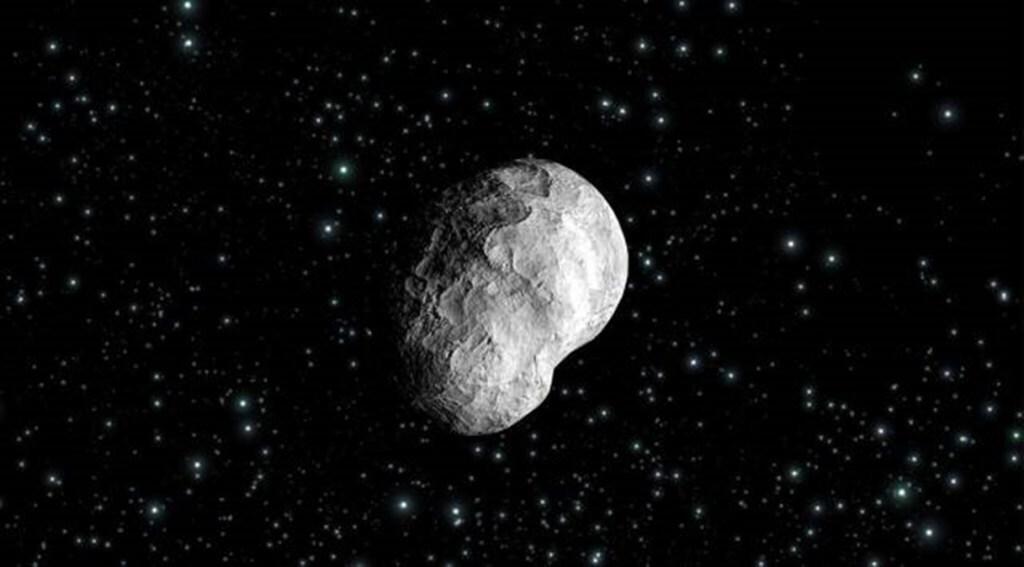
Asteroid the size of 15-storey building approaching Earth at 60,000-kmph speed
As we continue to explore the vastness of space, it’s not uncommon to come across asteroids and other celestial bodies that pose a threat to our planet. However, in recent news, a particularly concerning asteroid is making headlines, and it’s not just any ordinary asteroid. Meet Asteroid 2025 CQ, a 150-foot Apollo-class space rock that’s approaching Earth at a staggering speed of 60,898 kmph.
According to NASA, Asteroid 2025 CQ is the size of a 15-storey building and is expected to make a close approach to Earth on Wednesday. Notably, Apollo asteroids are a class of space rocks whose orbits cross Earth’s path around the Sun, making them a significant concern for astronomers and scientists.
The asteroid was first discovered on February 4, 2025, and since then, scientists have been tracking its trajectory. As per the latest reports, Asteroid 2025 CQ is expected to fly past Earth at a distance of approximately 1.2 million kilometers (750,000 miles) tomorrow. While this may seem like a considerable distance, it’s still close enough to warrant attention and caution.
So, what makes Asteroid 2025 CQ so unique? For starters, its size is quite impressive, measuring 150 feet in length and 30 feet in width. To put that into perspective, a 15-storey building is roughly 150 feet tall, making this asteroid the size of a small skyscraper. Furthermore, its speed is incredibly fast, clocking in at an astonishing 60,898 kmph (37,900 mph).
According to NASA, Asteroid 2025 CQ is a type of Apollo asteroid, which is a class of asteroids that originated from the asteroid belt between Mars and Jupiter. These asteroids are often referred to as “Earth-crossing” asteroids because their orbits bring them close to our planet.
Asteroid 2025 CQ’s close approach to Earth has sparked concern among scientists and astronomers, who are working around the clock to gather more data and track its trajectory. While there’s no imminent danger of a collision, the asteroid’s proximity to Earth is still cause for concern.
So, what can we expect from this close approach? In the coming days, we may see some spectacular views of the asteroid as it flies past Earth. Scientists are also expected to gather more data on the asteroid’s composition, shape, and size, which will help us better understand its origins and potential risks.
As NASA continues to monitor Asteroid 2025 CQ, it’s clear that this is an opportunity for us to learn more about our celestial neighbors and the potential threats they pose to our planet. By tracking asteroids like this one, we can gain valuable insights into the potential risks and develop strategies to mitigate them.
In the meantime, astronomers and scientists will continue to monitor Asteroid 2025 CQ, gathering data and tracking its trajectory. As we wait with bated breath for the asteroid’s close approach, we’re reminded of the importance of space exploration and the need to stay vigilant in the face of celestial threats.






